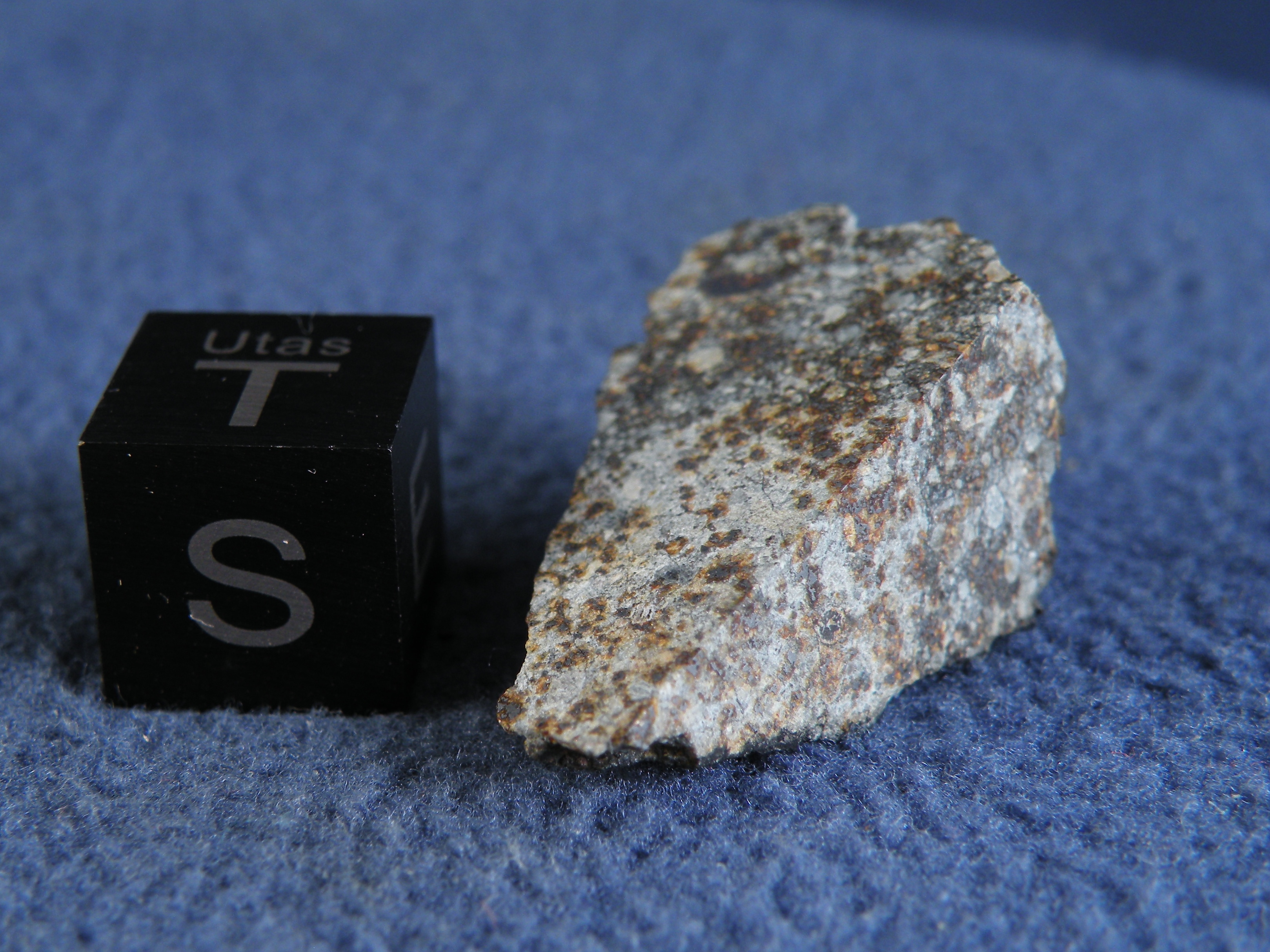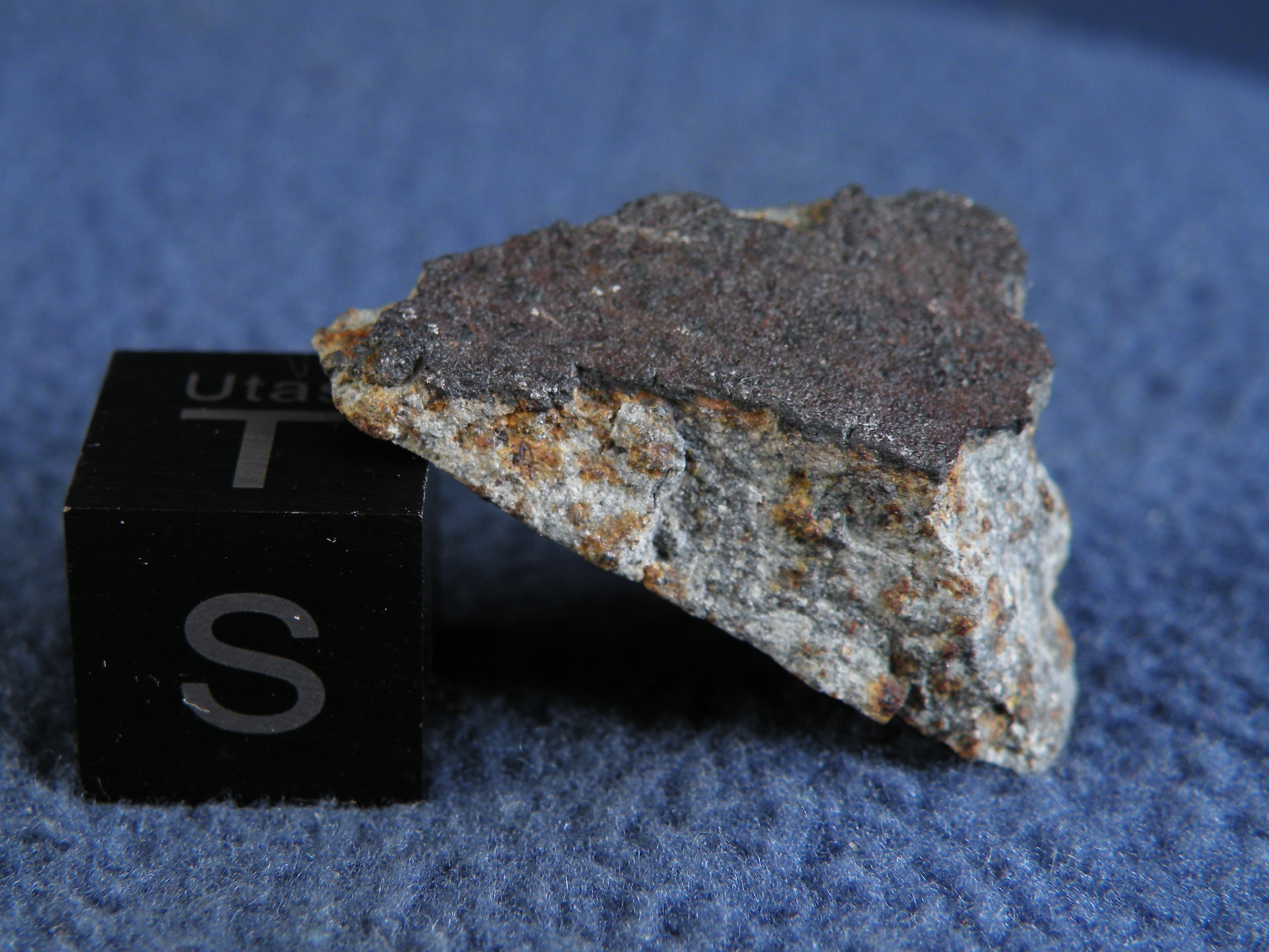Weston, H4
Weston was the first witnessed, recovered, American fall. There are some great anecdotes from the eyewitnesses and other important persons of the day including Thomas Jefferson and a few leading naturalists of the day, Drs. Jeremiah Day, Benjamin Silliman, and James L. Kingsley. The documents read well and deserve to be read in their entirety:
On the origin of meteoric stones, by Jeremiah Day
A few of the wonderful descriptions are here, for those short on time:
 As you can see, the descriptions are wonderfully verbose and use a variety of antiquated references and descriptors. The above articles were transcribed from The Memoirs of the Connecticut Academy of Sciences, Volume 1, Part 1, published in 1810.
As you can see, the descriptions are wonderfully verbose and use a variety of antiquated references and descriptors. The above articles were transcribed from The Memoirs of the Connecticut Academy of Sciences, Volume 1, Part 1, published in 1810.
Weston created a stir among the young United States’ leadership. The idea that stones could fall from the sky was a threatening one for people who believed that a God had created the universe and heavens. The concept of an imperfect ether, where rocks were flying around between celestial bodies willy-nilly, wasn’t something that even a scientifically inclined scholar like Thomas Jefferson could easily accept.
A letter from Thomas Jefferson to Daniel Salmon
While Thomas Jefferson may never have uttered the ubiquitous line “I would rather believe that a Yankee professor would lie than that rocks would fall from the sky,” he certainly treated the concept with a great deal of skepticism.
Here are some images of a ~6.1 gram fusion-crusted end-cut of the meteorite, originally from ASU. Ex. Michael Cottingham



